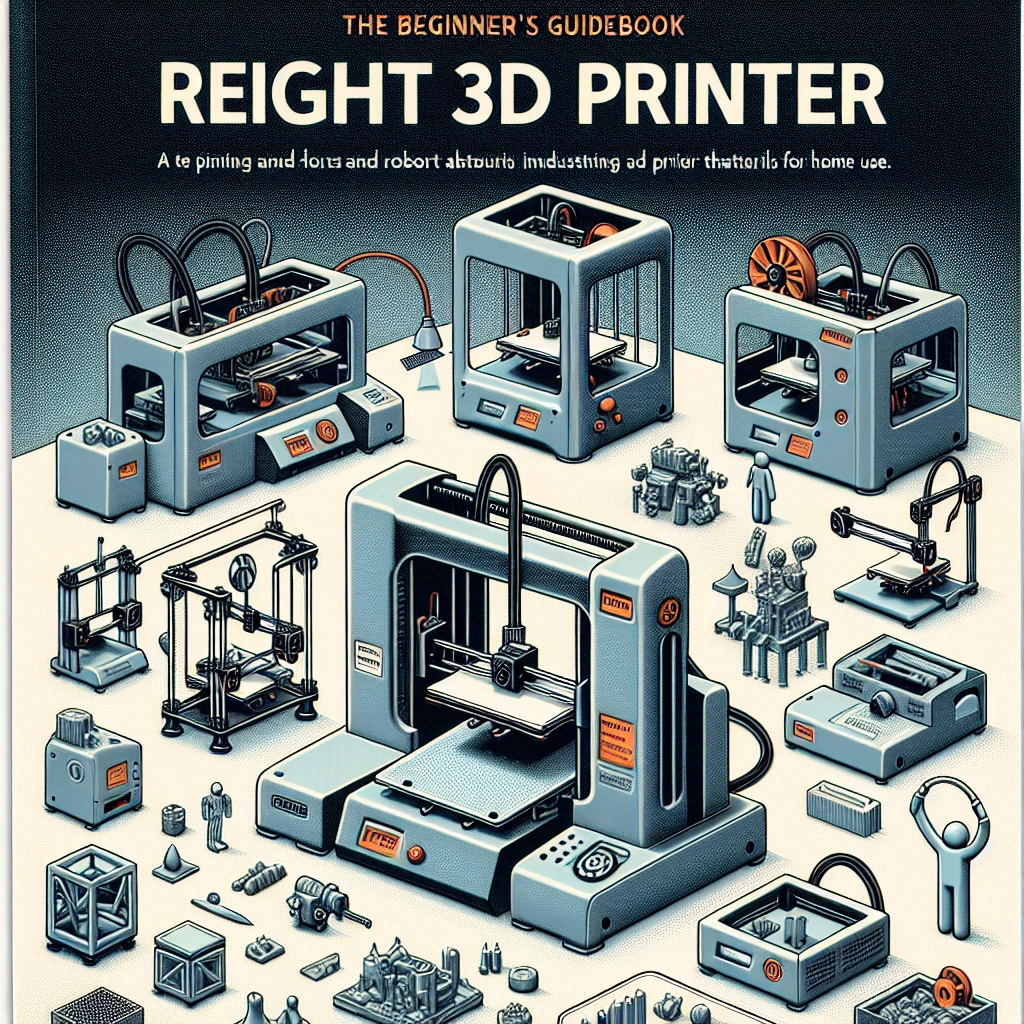A Beginner’s Guide to Choosing the Right 3D Printer
Are you fascinated by the world of 3D printing? It’s a rapidly growing technology that’s not only exciting but also opens the door to countless creative possibilities. From crafting custom toys to designing unique home decor, a 3D printer can turn your ideas into tangible objects. However, with so many options on the market, choosing the right 3D printer can be overwhelming—especially for beginners. Fear not! This guide will help you navigate the essentials to find the perfect printer for your needs.
Understand the Types of 3D Printers
Before diving into specifications and features, it’s important to know the different types of 3D printers available. The two most common types are Fused Deposition Modeling (FDM) and Stereolithography (SLA).
-
FDM Printers: These are the most popular and widely available 3D printers. They work by melting plastic filament and layering it to create an object. FDM printers are generally more affordable and easier to use, making them perfect for beginners. They can print using a variety of materials, such as PLA, ABS, and PETG, which gives you flexibility in terms of design and finish.
-
SLA Printers: SLA printers use a light source to cure resin and create objects layer by layer. They are known for producing high-resolution prints with exceptional detail. However, they tend to be pricier and can be a bit messier due to the use of liquid resin. If you’re looking to create intricate models or jewelry, an SLA printer might be worth the investment.
Consider Print Volume
Next up, think about the size of objects you want to print. 3D printers come with varying build volumes, which refers to the maximum dimensions of the items they can create. If you’re planning to print larger objects, you’ll need a printer with a larger build volume. On the flip side, if you’re only making smaller items, a compact printer can save space and often costs less.
Look at Print Quality and Resolution
When it comes to 3D printing, quality and resolution matter! A higher resolution means finer detail, which is especially crucial for detailed projects. Print quality can be determined by the layer height, typically measured in microns. The lower the number, the finer the detail. For instance, a layer height of 100 microns will yield a better finish than one at 300 microns. Evaluate your projects to figure out how precise they need to be.
Evaluate Ease of Use
For beginners, ease of use is crucial. Look for printers that come with user-friendly interfaces, good setup instructions, and reliable software for slicing your 3D models. Some models even feature touchscreen controls, which can be more intuitive than traditional interfaces. Additionally, read reviews to see if new users have had a positive experience with the setup and overall operation of the printer.
Check Compatibility and Connectivity
What good is a 3D printer if you can’t get your files to it? Many printers offer multiple ways to connect, such as USB, SD card, and even wireless options. It’s a good idea to choose a printer that offers the connectivity methods you prefer. Also, make sure the printer is compatible with various file types commonly used in 3D design, such as STL and OBJ.
Research Materials
The type of material you want to print with will also guide your decision. As mentioned earlier, FDM printers can use a range of filaments, while SLA printers use resin. Each material has its unique properties, finishes, and complexities. Beginners often start with PLA, which is eco-friendly, easy to print, and provides good results. If you have specific projects in mind, research which materials are suitable for them.
Budget Wisely
Last but certainly not least, set a budget. 3D printers come at various price points, from affordable, entry-level machines to high-end models. While it’s tempting to go for the cheapest option, investing a bit more in a reliable printer often pays off in the long run. Look for models that offer a good balance of features, quality, and price to fit your budget.
By keeping these considerations in mind, you’re well on your way to selecting the perfect 3D printer for your needs. Remember, every maker’s journey is unique, and there’s a learning curve involved. Don’t hesitate to start small, explore various projects, and let your creativity run wild. Whether you’re making a simple keychain or a detailed model, the joy of bringing your ideas to life is what 3D printing is all about!

